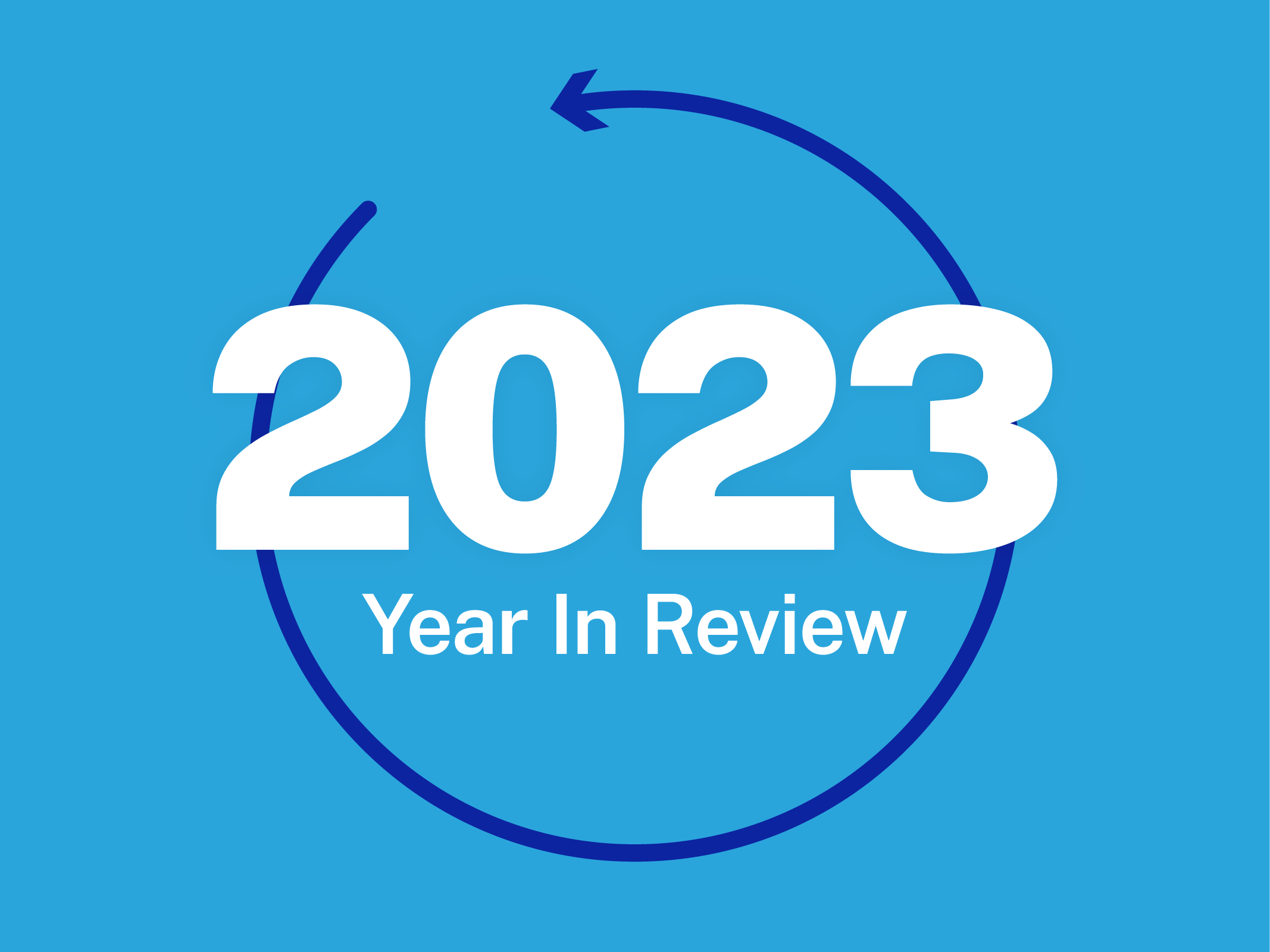Last January, we shared our “7 Predictions About the Future of Indoor Air Quality.” After only a single year, many are already on track to come true. Let’s review the air quality news of 2023 in light of these predictions.
1. Outdoor Air Pollution Will Get Worse, and This Will Affect IAQ
Likelihood: High
Current Assessment: It’s Complicated
Judging by the headlines alone, it appears we were spot on. First, news broke in March that 90% of nations breathe air that exceeds the PM2.5 (or fine particle) concentrations recommended by the World Health Organization. Then, Canadian wildfires sent choking smoke across the continent, creating the worst air quality since the 1960s. Add in Sahara dust plumes and you have a perfect example of why opening the window doesn’t always improve indoor air quality (IAQ).
Are these news stories short-term aberrations, or part of a long-term trend? Research suggests that wildfires, at least, will continue to increase in number and severity. However, progress is being made in the realm of industrial pollution. The American Lung Association reports that while “nearly 36% of Americans—119.6 million people—still live in places with failing grades for unhealthy levels of ozone or particle pollution[,...]this is 17.6 million fewer people breathing unhealthy air compared to last [year.]”
Thus, we remain hopeful that Prediction 1 will eventually be refuted, but we’re not betting on it.
2. COVID-19 Isn’t Going Anywhere
Predicted Likelihood: High
Current Assessment: Fulfilled
Just because the federal public health emergency declaration expired, it doesn’t mean that SARS-CoV-2 went away. As of December 2023:
- the Midwest and the Mid-Atlantic are seeing a (very predictable) winter spike in cases.
- national wastewater monitoring shows a steady increase in virus concentration nationwide.
- the WHO estimates 296,146 deaths due to COVID in 2023 — a massive improvement over previous years, but hardly a sign of COVID’s extinction.
COVID is just part of life now — less deadly than it was, but still deadly, nevertheless.
3. The Federal Government Will Establish Indoor Air Quality Standards
Likelihood: Low
Outcome: Not Yet
No, the federal government did not establish indoor air quality standards this year. As we’ve discussed previously, this provides an opportunity for the private sector to continue leading the way. However, there are subtle hints that federal regulations may be on the horizon eventually, as discussed in Prediction 5 below.
4. The Federal Government May Continue to Fund IAQ Improvements
Likelihood: Low
Outcome: It’s Complicated
ESSER III funding is still available to schools through September 2024. However, our research was unable to locate any new federal funds targeted at organizational air quality improvements. That doesn’t mean such funding doesn’t exist; grants and rebates form a complicated web of support across multiple federal departments, some of which might be applied to indoor quality infrastructure under the correct circumstances. Overall, though, this prediction does not appear to have progressed in 2023.
5. Organizational IAQ Policies Will Become the Norm
Likelihood: Medium
Outcome: In Progress
While the federal government didn’t establish national regulations, they did ask ASHRAE to develop “new and better IAQ standards” in light of the lessons of the pandemic. The result was Standard 241-2023 -- Control of Infectious Aerosols. It proposed minimum requirements to reduce the risk of disease transmission indoors, introduced new ways of testing air purifier efficacy, and provided guidance for the development of building policy. Considering it was completed in an astoundingly short 7 months, Standard 241 is a brilliant resource for both private and public organizations.
6. Active Air Treatment Will Become a Standard Utility
Likelihood: High
Outcome: In Progress
As a refresher, passive purification (such as HEPA) waits for contaminants to pass through a mechanism, while active purification (such as ActivePure Technology®) works out in the room itself. For decades, both ASHRAE and government recommendations principally acknowledged passive fibrous filtration and ultraviolet light. This ignored decades of breakthroughs regarding newer active purification technologies.
One of the most important insights of Standard 241 is that it incorporates the possibility of active purification technologies. As further data continues to mount, active purification will undoubtedly appear in future standards alongside traditional passive protections.
7. Everyone Will Insist on Better Indoor Air
Likelihood: High
Outcome: In Progress
We wouldn’t say everyone is insisting on better indoor air. Understandably (if unwisely), many people just want to forget the pandemic and everything associated with it — including what we learned about air quality. Nevertheless, there are indications that this prediction is on track. Venture capitalists are betting on it, having invested $20 million into an idea for genetically modified purifying plants. In fact, the research firm Spherical Insights calculates that the global air purification market will double in size over the next 10 years.
From whence comes such market confidence? Quite simply, we keep learning new ways that poor air quality can hurt us. Research appeared this year that links PM2.5 with both incident dementia and antibiotic-resistant bacteria. On the pandemic front, it turns out that new viruses infect humans far more frequently than previously assumed. With such headlines, it’s no wonder that 6 former surgeon generals signed an open letter to policymakers calling for an improvement in indoor air quality.
Hopefully, our society can adequately integrate these new insights with past warnings before the next air quality crisis comes along. After all, those who ignore history are bound to repeat it.
ActivePure, for one, is fully rooted in history; in fact, we’re celebrating 100 years of it. Explore our century-long bonafides via the visual timeline on our history page.



